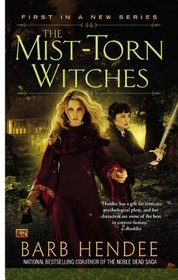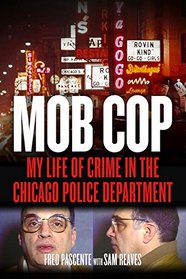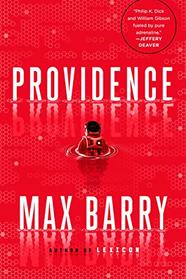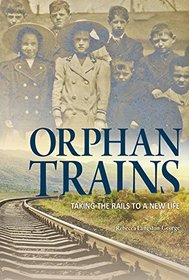The True Story of Tom Dooley:
From Western North Carolina Mystery to Folk Legend by John Edward Fletcher
Review by jjares
The song, “Tom Dooley” is actually about an Appalachian hill resident named Tom Dula. The dialect of the locals makes the name sound like ‘Dooley.’ Tom was a former Confederate soldier who grew up in Wilkes County, North Carolina. Three families lived near each other, the Dulas, the Meltons, and the Fosters. Tom was the youngest male of three sons and three daughters (Eliza, Sarah, & Ann) in the Dula family.
Tom was quite the ladies’ man; Ann Foster’s mother caught Ann (aged 14) and Tom (aged 12) in bed together. Ann also had two cousins, Laura and Pauline. Early in 1962, Tom volunteered for service with the Confederates, even though he was only seventeen. He was captured and released from a prisoner-of-war camp in April 1865. Both of Tom’s brothers died in the conflict, and Tom received various non-lethal wounds. Ann Foster married an older man, James Melton, a farmer and cobbler. Melton also fought in the Civil War (particularly the Battle of Gettysburg) and was captured and sent to a prisoner camp until the war’s end.
When Tom returned home, he re-established his intimate relationship with Ann. He also started personal relationships with Laura and Pauline. It was proven that Ann had relations with Tom while her husband and child were asleep in other rooms of the house. Folklore says that Laura became pregnant, and she and Tom were eloping to get married when Laura disappeared on Mary 25, 1866. In fact, Laura told neighbors that she was leaving the area with Tom on the 25th.
This author’s story is that Tom was angry with Laura for giving him a venereal disease. However, Tom, Ann, Pauline, and Laura all had to be treated for venereal disease (syphilis). Since Pauline was the first treated, she possibly gave it to Tom, and he shared it with the other Foster cousins. However, Tom’s view was that he got syphilis from Laura and was angry.
When Laura couldn’t be found, locals started saying that Tom had killed Laura. So, Tom left the area and worked for Colonel James Grayson just across the state line in Trade, Tennessee. Grayson’s name was mentioned in the song, which led to the myth that Grayson had been Dula’s rival for Laura. However, Grayson had no connection to Laura and only employed Tom for a week. After Laura’s body was found (about three months after her death), Tom was arrested for murder. Ann Melton was also arrested for aiding and abetting.
Laura had been stabbed once. Because of the lover’s triangle (Laura, Tom, and Ann Melton) and the rumors, this unusual story captured the public’s interest. It was the first nationally publicized crime of passion in America. Tom was tried first, and their trials were separated. Tom was found guilty, but there were errors in the case, and a new trial was called. Tom was found guilty again, and he stated that no one aided him. He also said he did not kill Laura (just before he was hanged).
Ann was tried and found not guilty. Folks thought she’d suffered enough. However, looking at the facts, it appears that Ann may have been the murderer, and Tom took the rap for her. Some think Ann was jealous that Tom was intimate with Laura and thus killed her. Ann was also the person who knew where the body was. Ann was known to be promiscuous, and having relations with another man while her husband was in the house took some gall.
I think this book was poorly written. The writer was a British-Australian and probably wrote the book from the newspaper, court, and legal briefs gathered online. The author also went into great detail about all the myths and folktales told about the lover’s triangle, which seemed unnecessary. This book needed an editor and proofreader. However, it is an interesting view into the thinking and lives of people in Appalachia in the 1860s.








